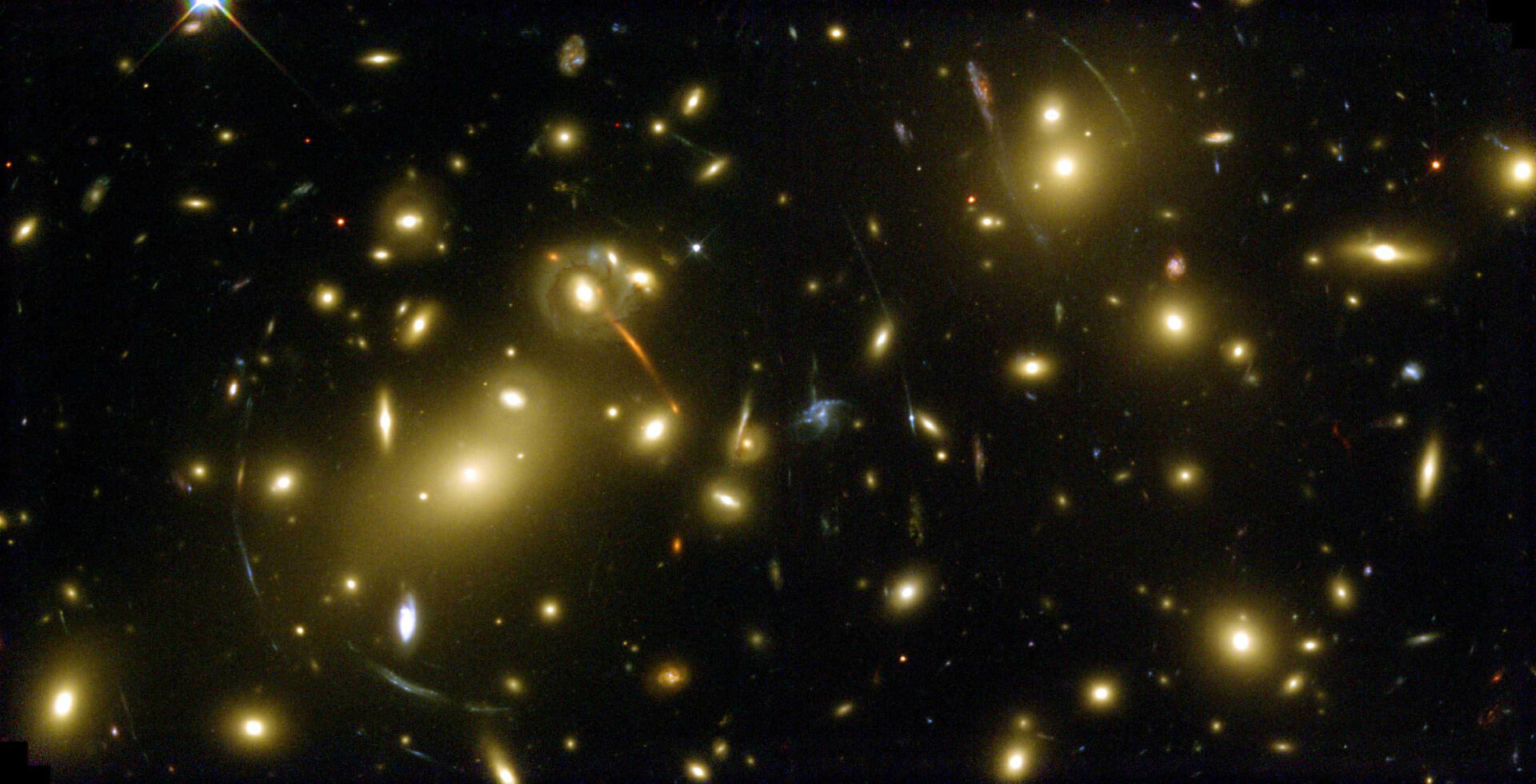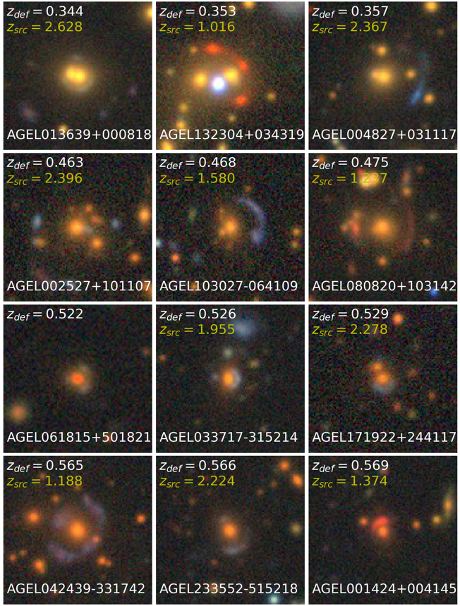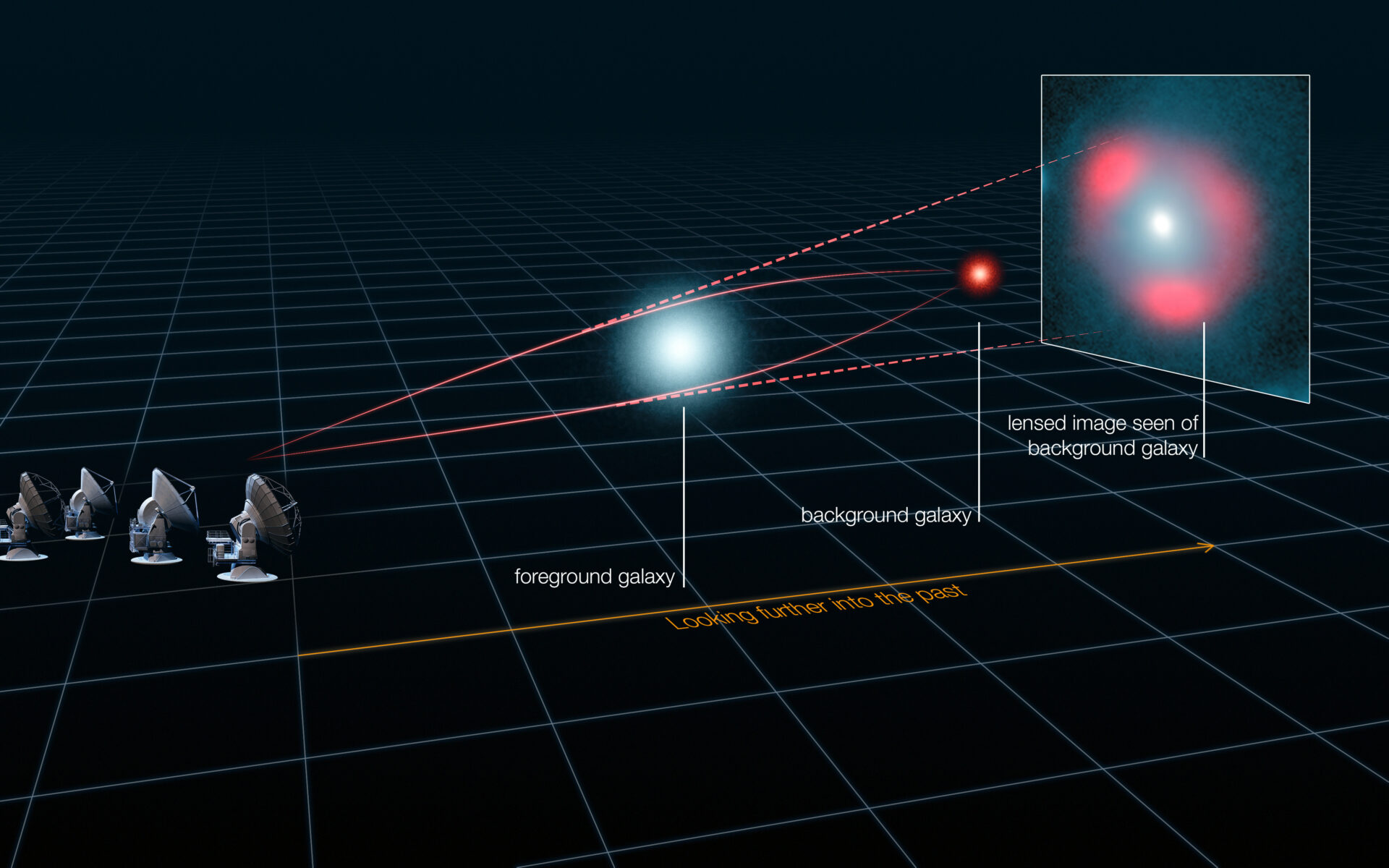Astronomers have received a new and more reliable machine learning algorithm to search for gravitational lenses hidden in images from space. This type of artificial intelligence was used to search for about 5,000 potential gravitational lenses that needed confirmation. Using spectroscopy for this, the international team determined that the new method has a colossal success rate of 88%. This means that the tool can be used to search for thousands of other magical physics effects.

“We have very fuzzy images of these gravitational lenses because of their tiny size, so the human eye cannot distinguish them. Thanks to spectroscopy and a new algorithm, this made it possible to more accurately determine their position and distance from us,” explained Dr. Kim-Wee Tran from ASTRO3D and the University of New Wales.

The machine learning algorithm was first developed by Professor Colin Jacobs from Swinburne University in Australia. He used this technique to sift through tens of millions of images of galaxies and reduce the sample to 5,000. Tran and his colleagues evaluated 77 out of 5,000 potential lenses using the Keck Observatory in Hawaii and the Very Large Telescope in Chile. They confirmed that 68 of the 77 objects are strong gravitational lenses. This suggests that the algorithm is quite reliable.
Incredible natural tool
Gravitational lenses are a great tool for astronomy. Scientists say they could change our ability to understand the evolution of galaxies after the Big Bang. This type of lensing occurs when light from a distant object is distorted by a closer massive object along the same line of observation. This distortion actually creates a giant lens magnifying the background light source, allowing astronomers to observe more distant objects that would otherwise be too far away and too dim to be seen.

Gravitational lenses not only detect distant objects, such as galaxies, but also help determine their distance. In addition, the analysis of the nature of gravitational lenses tells astronomers about how dark matter is distributed in galaxies, which makes it possible to study both the development of a large-scale structure in the Universe and its expansion.
Earlier we reported on how the gravitational lens of the Sun will help to see exoplanets.
Follow us on Twitter to get the most interesting space news in time
https://twitter.com/ust_magazine
